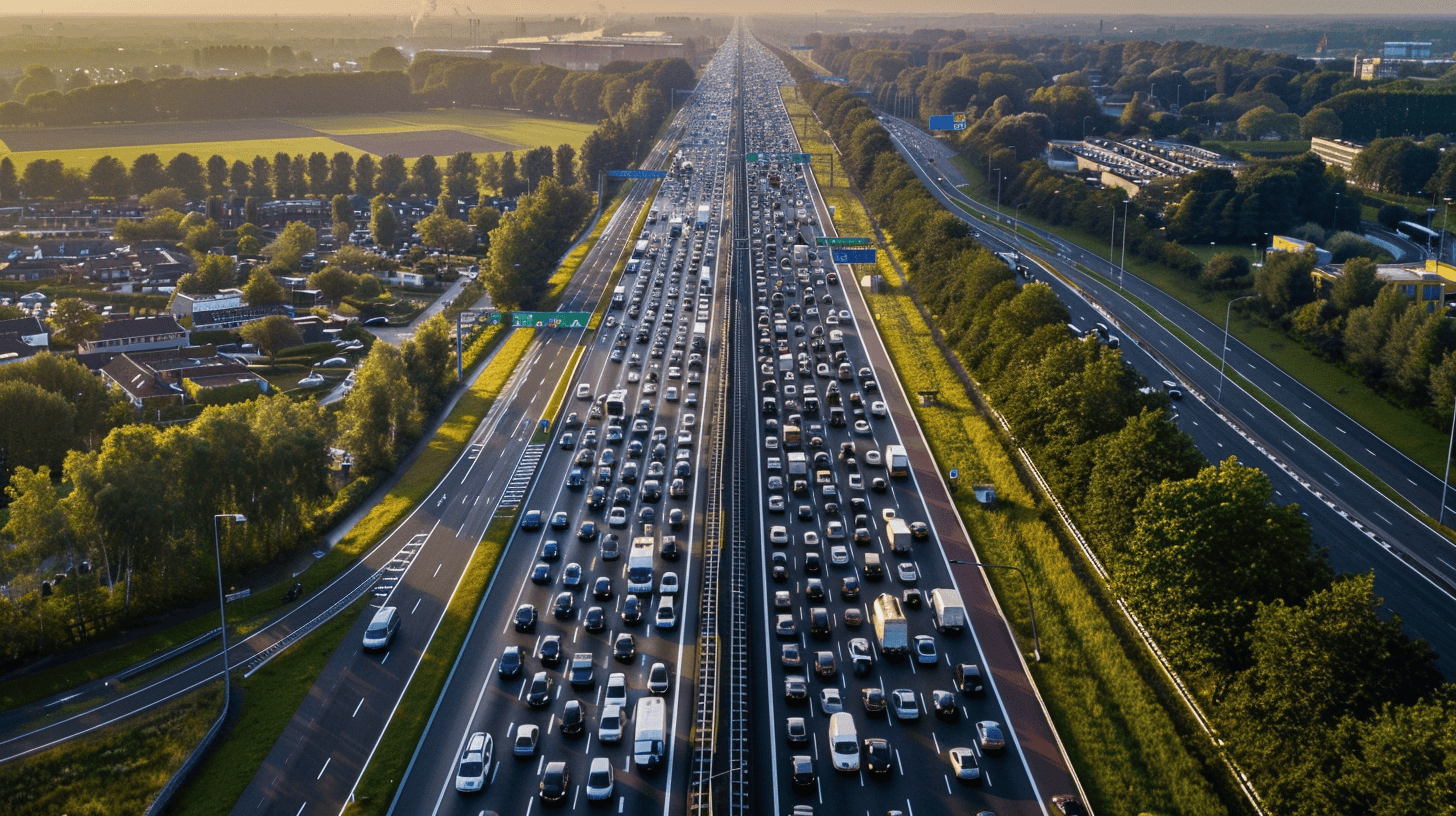
The digitalisation of cross-border roads between Spain and France is set to save over 2,000 million euros annually, according to the EUMOB project. The savings stem from reduced accidents, pollution, and travel time. The investment, around 423.6 million euros, is considered beneficial from the first year of operation. The European Commission, who supports the projects financially, is aiming to make Europe a leader in connected and automated mobility, will support the digitisation of transport with a €500 million contribution. The EU has also reached an agreement on digital traffic data rules to improve traffic flows and reduce accidents.
- A 423.6 million euro investment in EUMOB project yields benefits from the first year.
- The EU supports digital transport with a 500 million euro contribution and digital traffic data rules.
- Road digitization advances sustainability, aligning with EU goals to reduce emissions and deploy 5G for autonomous vehicles.
Driving into the future: Digitalisation of roads
Imagine a world where roads can talk, where every curve and speed limit is digitally mapped, and autonomous vehicles navigate the transport network effortlessly. Welcome to the future of mobility, where the digitalisation of roads is set to revolutionise transport and mobility.
This is not a mere concept; it’s a reality unfolding across the European Union. Led by the EUMOB project, the digitalisation of cross-border roads between Spain and France is set to save over 2,000 million euros annually. The savings stem from reductions in accidents, pollution, and travel time.
An investment in the road less travelled
Digitising roadways is not a simple undertaking; it requires substantial investment. The EUMOB project, coordinated by Autopistas, has an estimated budget of around 423.6 million euros. This may seem like a hefty sum, but the investment is considered beneficial for society from its first year of operation. The potential savings and benefits far outweigh the initial outlay, paving the way for a more efficient, safer, and sustainable transport system.
Integral to this ambitious project is the support from the European Commission. The Commission, aiming to position Europe as a leader in connected and automated mobility, is backing the digitisation of transport with a €500 million contribution. This financial aid is a clear testament to the EU’s commitment to advancing digital mobility solutions.
Cooperation for connected mobility
But the EU is not acting alone. Indeed, the digitalisation of roads involves a broad coalition of players, including tech companies like Cellnex Telecom. These collaborations underscore the importance of a harmonised approach to digitalisation, ensuring that the benefits are shared across borders and industries.
Moreover, EU countries and European Parliament lawmakers have reached an agreement on rules governing digital traffic data. The agreement requires member states to use intelligent transport systems (ITS) along major roads to improve traffic flows and reduce accidents. The data generated can make roads more efficient by alerting drivers to bottlenecks, regulating traffic lights, and contacting emergency services.
Digitisation: A roadmap to sustainability
While the benefits of digitalisation for mobility are clear, it also has a significant role to play in sustainability. The digitalisation of roads contributes to the EU’s broader goals of reducing carbon emissions and promoting green transportation. The European Environment Agency (EEA) highlights that digital solutions have the potential to mitigate the negative impacts of the mobility sector, such as air pollution and congestion.
Moreover, the EUMOB project and others like it align with the EU’s ambitious goal of having uninterrupted 5G coverage of major transport paths across Europe by 2025. This technological advance will enable the efficient deployment of autonomous vehicles and other digitalised transport solutions, further enhancing the sustainability of the transport sector.








